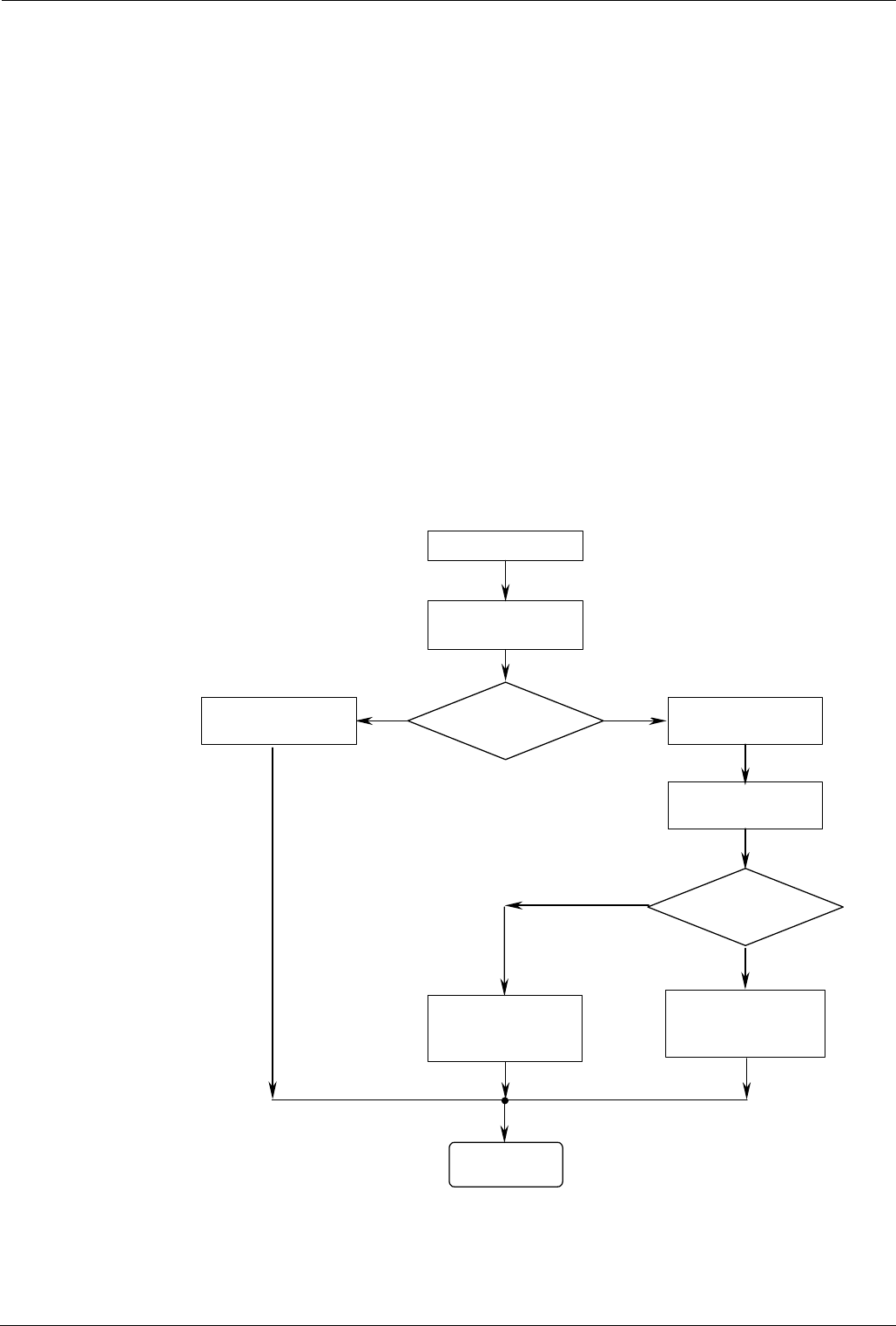
Introduction The Boot Process - Page 7
The Boot Process
The boot process is shown in the diagram below. When reset the IPNC first
checks for any directly connected Leased lines. It then checks its configuration,
which is stored in “flash memory”.
When first installed, the IPNC has a default configuration, which includes an IP
address and specifies DHCP server operation. After initial configuration and
subsequent changes, the flash memory may contain a different mode of
operation and a new address.
Note: It is critical that any configuration changes must have been downloaded
to the flash memory in order for them to be implemented at start-up. See
Configuration Files on page 23.
If the IPNC has a non-default configuration and address value, it simply adopts
the defined mode and address.
Alternatively, if the IPNC is in the configuration mode, it first adopts DHCP Client
mode and broadcasts a request for an address. If it receives one, it assumes
another server is present and adopts Client mode. If it does not receive an
address, it adopts the role of a DHCP Server and will provide IP addresses to
clients when they are requested as shown in the following diagram:-
The Start up Process
No
Broadcast Request
for IP Address
Load Address
Received and
Retain Client Mode
Load Default
Address and Adopt
Server Mode
IP Address
Received?
Adopt Specified
Mode and Address
Adopt DHCP
Client Mode
Power Up
Check for:
WAN X.21, V.35
Default
Configuration?
Ready
Yes
Yes
No
INDeX IPNC Cassette Administration Manual Introduction - Page 7
38DHB0002UKDD – Issue 7 (22/11/02) The Boot Process


















